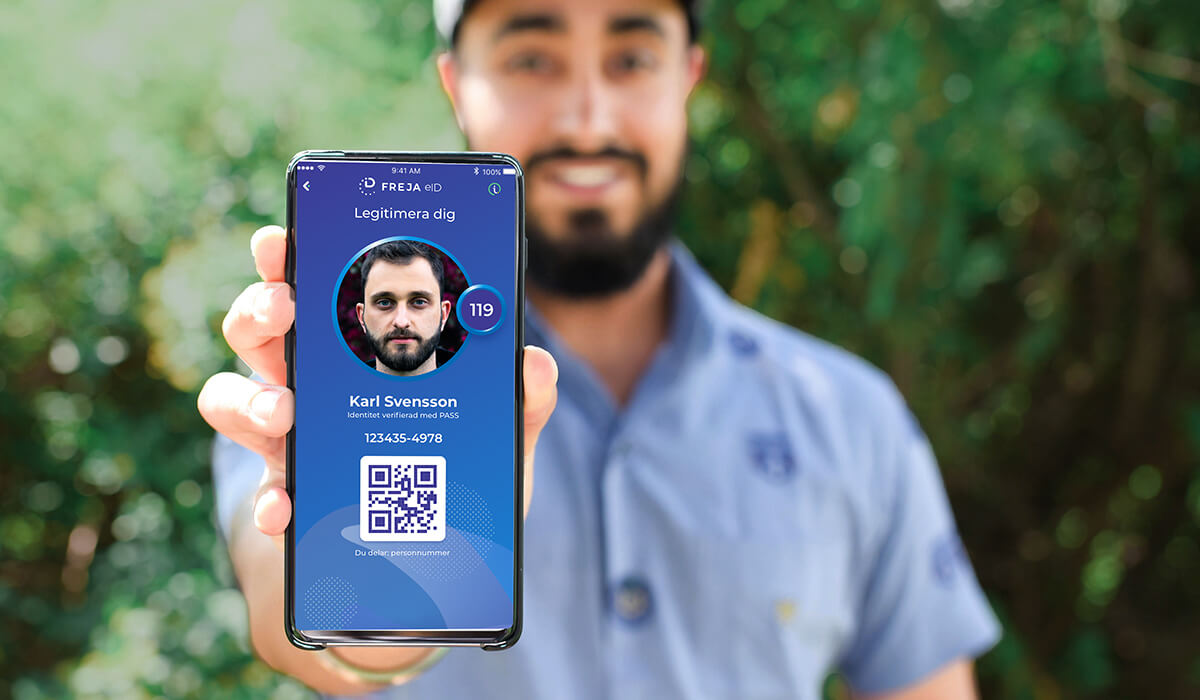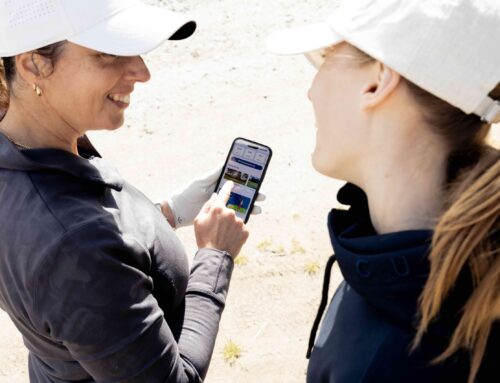Showing the screen of your phone when asked: ‘Can I have some ID please?’ is a concept that might seem ludicrous at first. If you think about it just a little however, so did many other ideas that have become part of our everyday lives. Spurred on by the incredible growth of the Internet and ever more accessible mobile devices, what we consider normal today might as well have been science fiction a mere 10-15 years ago.
We use phones for more and more things, activities, services, it’s a trend that is showing no signs of stopping. Many hours of the day are spent flicking through endless feeds, pictures, websites, memes, videos, music, the list goes on. The point is, the likelihood of forgetting it before going out, or god forbid charging it are slim to none.
A new concept
It is precisely for that reason that they are poised for yet another takeover. Having conquered the field of payments via NFC technology behind the likes of Apple Pay or Samsung Pay etc., online payments and banking, it is only a matter of time until somebody brings together the ingredients to make proving your identity with your phone instead of your physical ID document a reality.
This will not be easy to achieve, however. There are many moving parts and unpredictable circumstances that need to come together to bring this novel concept down to Earth so that the average person can see a real, practical use out of it.
Establish trust
The importance of trust cannot be overstated when it comes to making this work. Firstly, the trust of the government where this product can be used for identification. Secondly, the trust of the people who are supposed to use and acknowledge that the person showing their mobile app to them is truly 20 years old, for example. The system working behind the scenes, verifying the validity of user information must be regulated, secure and certified by a government authority.
Once trust is properly established, that should create a feedback loop with three elements:
- Trust
- Users
- Services
Each of the three is a pillar which supports the growth of the other two. The more trusted the app is, the more services will accept it, the more services accept it, the more users will want to use it, and the more people use it the more trusted it will become. One has to start from somewhere though and in the case of our product, Freja eID, we started with trust.
Freja eID – a government approved electronic identity
Freja eID is the first mobile eID that has been approved for the quality mark ‘Svensk e-legitimation’. The quality mark is issued by the Swedish government’s Agency for Digital Government and certifies that Freja eID fulfills the security standards prescribed by Swedish law when it comes to the handling of personal data and electronic identities.
That is why anyone looking at data shown in Freja eID can be sure that it is true and has been thoroughly verified by our security team. In addition to that we have added further security measures to ensure that the ID screen in Freja eID cannot be faked – we have written an article on that topic already.
Using Freja eID like a physical ID document
When all of that is taken into consideration, Freja eID has indeed come far along the path of being usable as a physical ID. Ever since we introduced this feature in Freja eID, we have gotten more and more feedback from our users who have tried to use it to identify themselves in stores, when picking up parcels, proving their age, you name it.
Taking this one step further, we have partnered up with ATG so that they now accept Freja eID instead of a physical document for anything, be it buying, placing a bet or picking up your winnings at more than 2000 stores in Sweden. For more details about it read here.
We are extremely excited to see Freja eID develop in this direction and we will be monitoring these developments closely. If you identify yourself with Freja eID somewhere we’d love to hear about your experience! Send an email to info@frejaeid.com and we’ll share your story!







